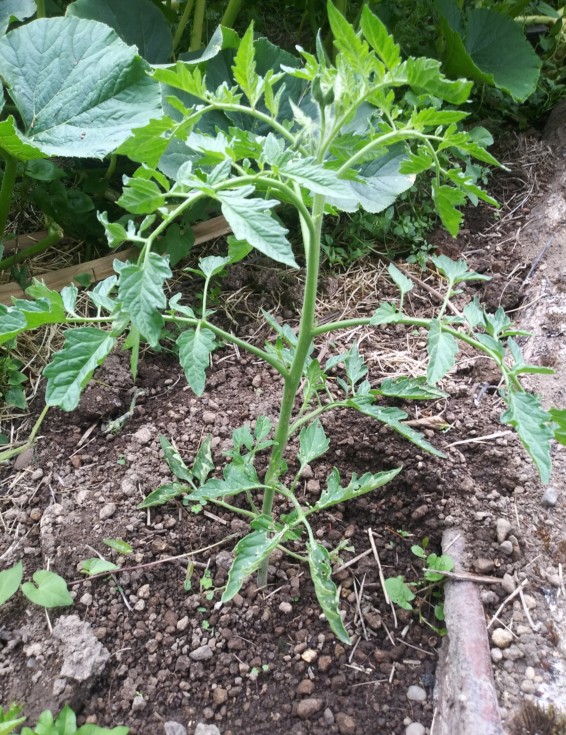 |

|
 |
|
Select Destination
|
Site Search
|
 |
 |
|
|
 |
Grower Diaries
|
| |
|
Entry Date
|
Nick Name
|
Location
|
|
Saturday, June 22, 2019
|

|
Little Ketchup
|
Grittyville, WA
|
 |
Entry 283 of 445 |
 |
|
|
|
This is what I mean by a more spindly plant. Probably many factors but bugs-eating-roots may be an issue here. This was no-till... & slightly less sunlight. Maybe its mostly about sunlight.
And there is probably not much correlation between a big plant and a big tomato. Its probably mostly about root health and having other optimal conditions for growth.
|
|
|
| |

|
Top of Page
Questions or comments? Send mail to Ken AT bigpumpkins.com.
Copyright © 1999-2025 BigPumpkins.com. All rights reserved.
|



